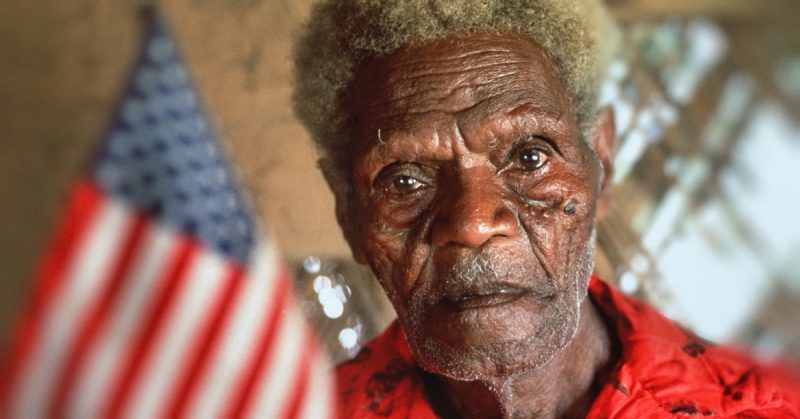The islands of Melanesia hold some of the oldest-known human societies that have preserved their way of living for thousands of years.
However, despite the fact that the international community generally agrees that their culture should be preserved at all costs, influences over the past centuries have left a permanent mark.
Of all the visible influences that were bound to happen after every contact, perhaps the weirdest one is the development of so-called “cargo cults.”
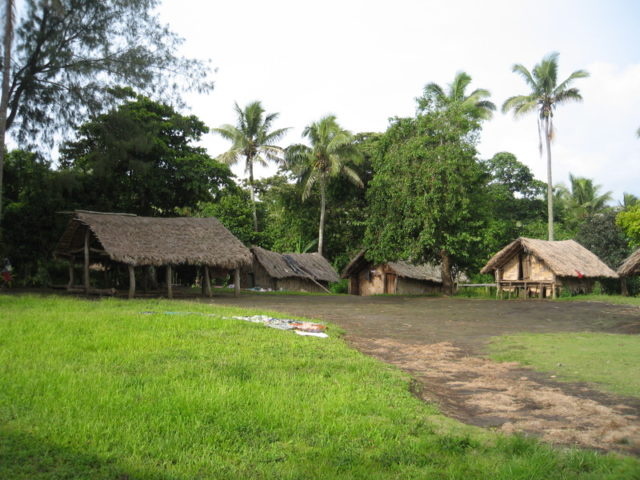
Cargo Cults emerged in this subregion of Oceania in the Southern Pacific after initial contact of natives with British and French explorers and colonizers in the 19th century, after which some tribesmen started worshiping foreign items that were brought to their island.
The word “cargo” simply summarized all these items, as they were referred to as such by the Westerners.
Objects such as rifles, clothes, compasses, or everyday tools took the central position within emerging cults which fetishized these foreign inventions, giving them magical and otherworldly powers.
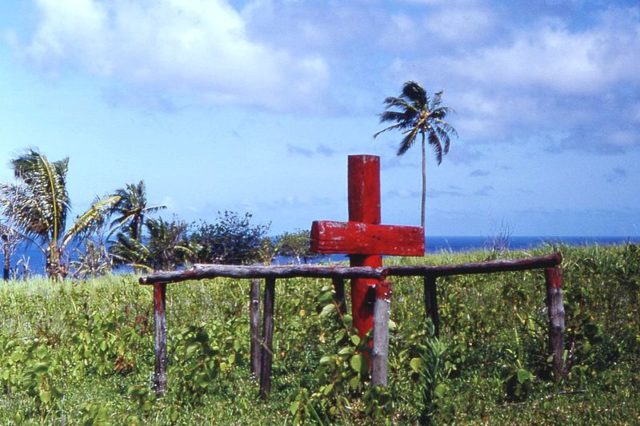
Very few of the cargo cults have survived to this day, although one of the most persistent ones, the John Frum Cult, continues to bewilder visitors tourists who happen to land on the island of Tanna in the Vanuatu archipelago.
The John Frum cult is believed to have started in the late 1930s, just prior to the beginning of Second World War. Some believe that it appeared as the early 1910s but due to the general lack of written sources it seems impossible to determine its true origins.
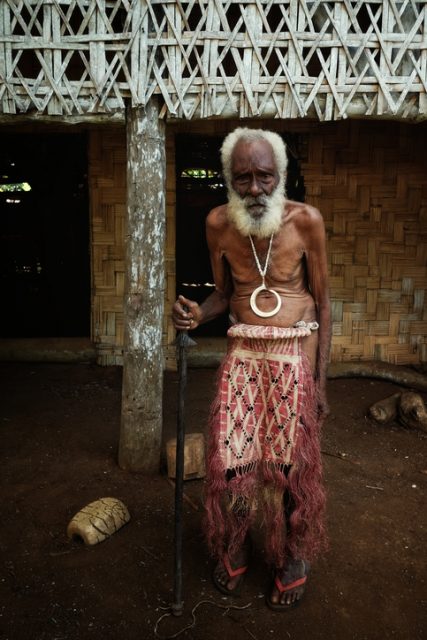
By one version of the story, inhabitants of Tanna met a stranger dressed in an American military uniform. This man who called himself John Frum foretold that the natives need to return to their traditional religion and reject the Christian missionaries, who were at the time building churches on the island and converting the tribesmen.
In return he promised that the Westerners will leave the island, abandoning their houses, food, clothes, tools, and weapons.
This was great news for Vanuatuan society, which was founded on gift exchange. Gifts ensured political influence, power, and prestige. When the Europeans arrived, the indigenous tribes were perplexed with what appeared to be an abundance of goods and felt inferior to the settlers.
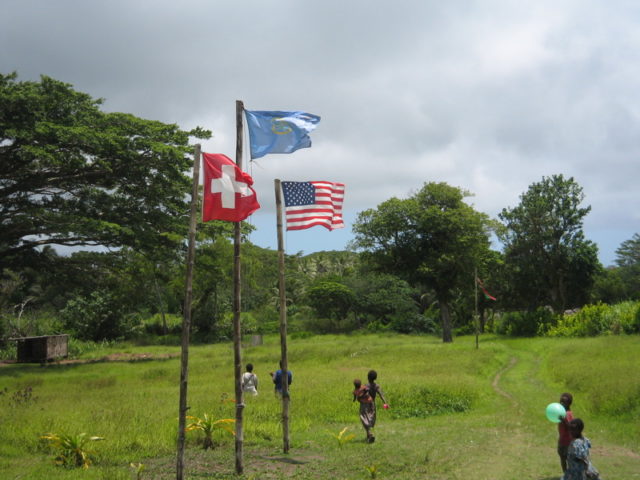
According to the legend, Frum set out a number of rules, among which were the rejection of money as a means of exchange, and Western education. In return they would be rewarded with wealth, houses, technology and food, as well as immunity to all illness and even immortality. In some versions, there is also a notion that the natives’ skin would turn white, in the process of completely replacing the settlers.
The origin of the last name “Frum” is usually seen as a variation of the word “from,” implying that John was a foreigner. These generic names stuck with other cargo cults as well, such as the Tom Navy cult, making it even harder to determine the identities the people who started them. In fact, most accounts refer to them not as humans, but as spirits who provided the people with a vision of the future.
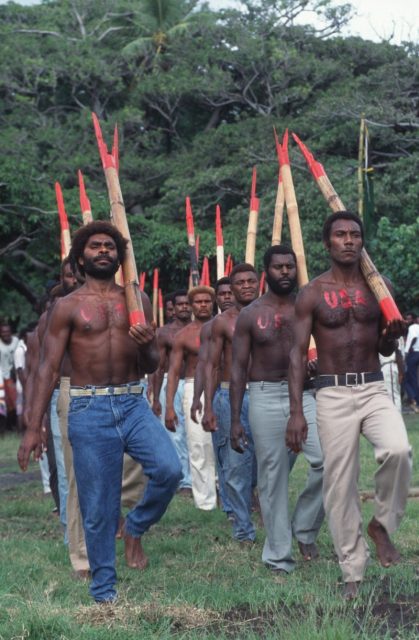
Adopting the Messianic concept of Christianity along with their own indigenous myths and customs, the residents of Tanno island developed what was clearly a millennial cult. Their belief was that the Apocalypse would bring them salvation, placing them in the position of the Europeans and providing them with great technological and scientific advances, which they believed was summoned by magic.
It was if as though they saw the settlers as visitors from another planet, bringing them untold miracles and sorcery.
When WWII started in the Pacific, the long-awaited Apocalypse was in effect. In other places across the Melanesian world, millennial cult members started building docks, improvised airstrips, and accommodation for the bearers of gifts.
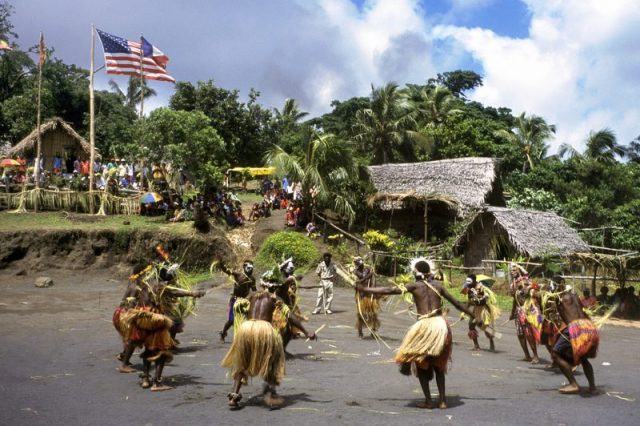
All of a sudden numerous modern inventions such as radios, telephones, refrigerators, and trucks flooded the tiny islands across the Pacific, forever changing the dynamics of life for the native tribes.
Airstrips were transforming the untouched landscape, while the islanders stood in awe. For them, it was just as John Frum predicted.
While the English and French often mistreated the natives in the early years of colonization, the Americans mostly approached them with respect and curiosity. Also, African-Americans served alongside white soldiers in the U.S. Army, which attracted the Melanesians, who are themselves of a darker tone of skin.
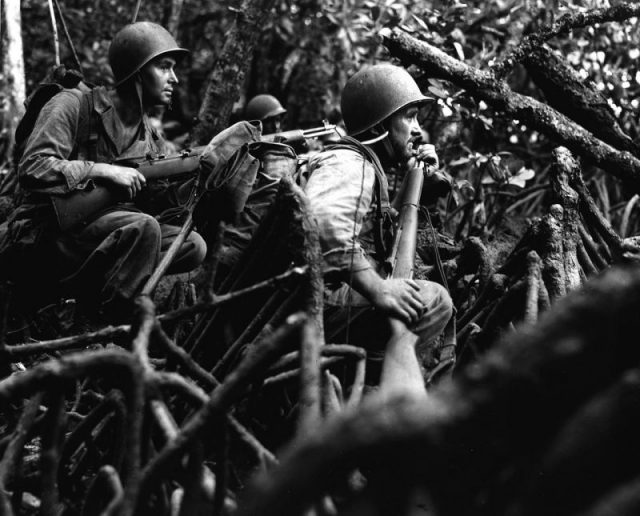
The natives across Melanesia referred to Roosevelt as “Rusfel,” the friendly king of the Americans, who will bring about the fulfillment of their prophecies.
In a way, that’s exactly what happened. When the war ended in 1945, the Vanuatu Islands lost their strategic importance and the soldiers returned home. Just as suddenly as they appeared, they were gone.
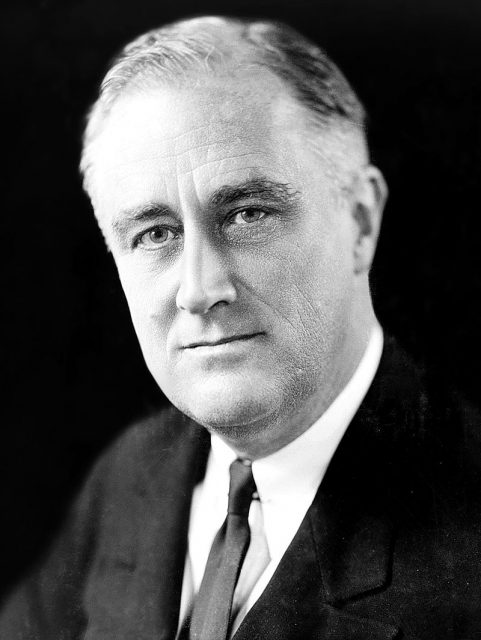
They left behind them numerous surplus goods, useless during peacetime, but priceless to the people of Vanuatu.
Related Video: 15 fascinating facts about WW2 you might not know about:
https://youtu.be/2CAi4g1r2Wk
However, this “cargo” was soon depleted, in response to which the followers of John Frum built what resembled an airstrip, in hopes of attracting American aircraft to return.
As of 1957, the religious movement formed what was called the “Tanna Army” ― a non-violent organization that cherishes military regalia and uses it to stage parades as part of the cult’s rituals.
The John Frum cult remains active to this day, functioning with its own political party. They remain convinced that their Messiah will eventually return and shower them with gifts. Let’s just hope it won’t happen as a side-effect of another worldwide conflict.
